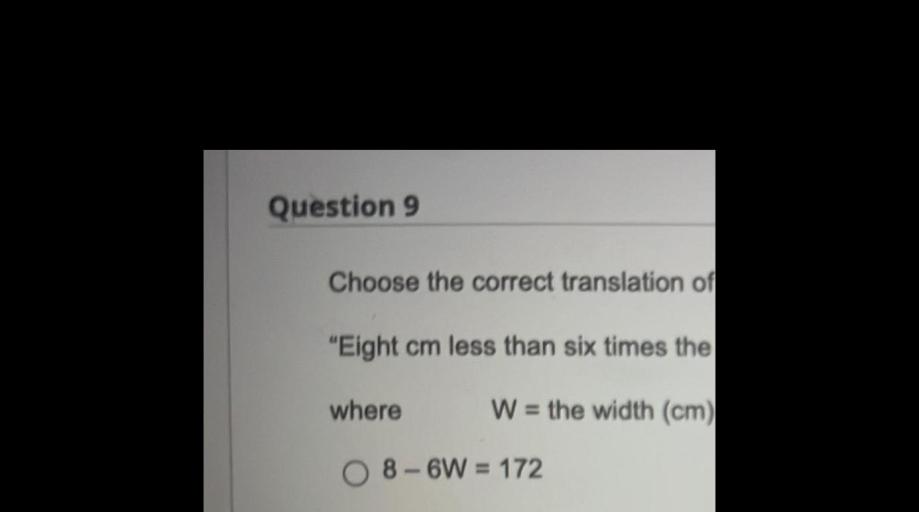Choose the correct translation for the root hypophys o – Embarking on an exploration of “Hypophys”: Etymology and Medical Significance, we delve into the fascinating realm of the pituitary gland, its historical understanding, and its pivotal role in our endocrine system. The term “hypophys,” rooted in ancient Greek, offers a window into the intricate workings of this enigmatic organ.
Delving deeper, we uncover the anatomical structures associated with “hypophys,” including the pituitary gland itself, nestled within the sella turcica of the sphenoid bone. Its endocrine functions, regulating growth, metabolism, and reproduction, underscore its critical importance in maintaining homeostasis.
Etymology of “Hypophys”

The term “hypophys” originates from the Greek language, where “hypo” means “under” and “physis” means “growth.” It refers to the location of the pituitary gland, which is situated beneath the brain.
Other words that share the root “hypophys” include:
- Hypophysis: The pituitary gland
- Hypophyseal: Pertaining to the pituitary gland
- Hypophysectomy: Surgical removal of the pituitary gland
Anatomical Structures Related to “Hypophys”: Choose The Correct Translation For The Root Hypophys O
Pituitary Gland
The pituitary gland, also known as the hypophysis, is a small, pea-sized gland located at the base of the skull, beneath the brain.
It is a crucial part of the endocrine system, producing hormones that regulate various bodily functions, including growth, metabolism, and reproduction.
Other Anatomical Structures, Choose the correct translation for the root hypophys o
- Hypophyseal fossa: A depression in the skull that houses the pituitary gland
- Hypophyseal stalk: A stalk-like structure that connects the pituitary gland to the hypothalamus
- Hypophyseal veins: Veins that drain blood from the pituitary gland
Medical Terminology Involving “Hypophys”

Hypophysectomy
Hypophysectomy is a surgical procedure that involves the removal of the pituitary gland. It is typically performed to treat pituitary tumors or conditions caused by excessive hormone production.
Hypophyseal Fossa
The hypophyseal fossa is a significant landmark in neuroanatomy. Its size and shape can provide insights into the presence of pituitary tumors or other abnormalities.
Medical Conditions
- Pituitary adenoma: A benign tumor of the pituitary gland
- Acromegaly: A condition caused by excessive growth hormone production
- Cushing’s disease: A condition caused by excessive cortisol production
Historical Context of “Hypophys”

The understanding of the pituitary gland has evolved over centuries.
Ancient Greeks believed it was the seat of the soul, while Galen, a renowned physician in the 2nd century AD, considered it a phlegm-producing organ.
In the 19th century, scientists began to recognize the endocrine function of the pituitary gland, leading to advancements in the treatment of pituitary disorders.
Comparative Anatomy of “Hypophys”

The pituitary gland is present in all vertebrates, although its size and shape vary across species.
In mammals, it is typically a single, well-defined gland, while in fish and amphibians, it may be divided into several lobes.
Despite these differences, the pituitary gland plays a conserved role in regulating growth, reproduction, and metabolism in all vertebrates.
Key Questions Answered
What is the historical significance of the term “hypophys”?
The term “hypophys” has been used since ancient times to refer to the pituitary gland, with early descriptions dating back to Hippocrates and Aristotle.
What is the function of the pituitary gland?
The pituitary gland is responsible for regulating growth, metabolism, and reproduction through the release of various hormones.
What is “hypophysectomy”?
“Hypophysectomy” refers to the surgical removal of the pituitary gland, typically performed to treat certain medical conditions.